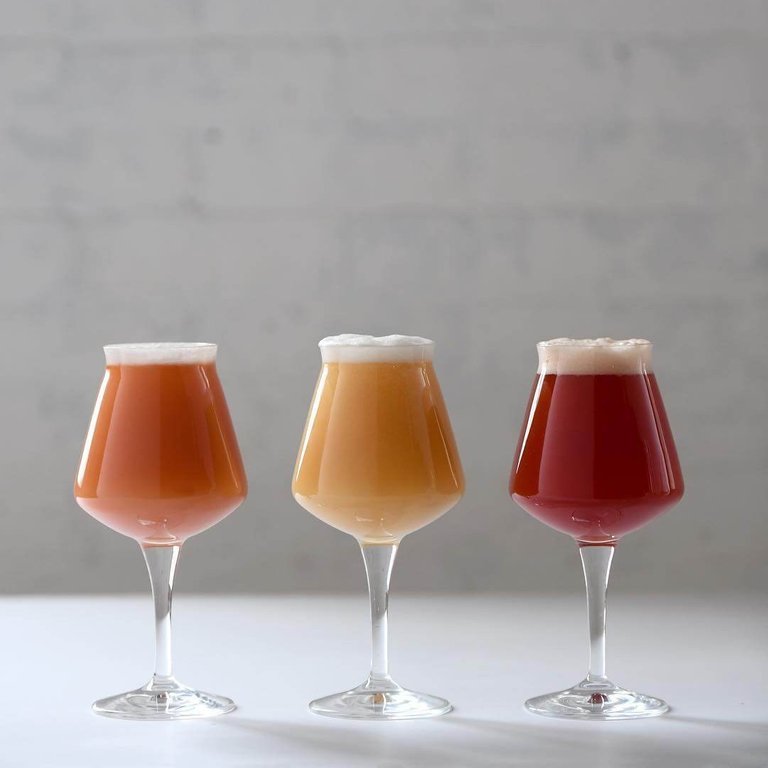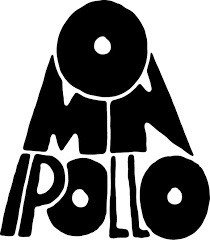Undoubtedly, one of the most fashionable beer styles of the last decade, which everyone is talking about, is the murky IPA. Their active production by talented New England breweries, such as The Alchemist, Tree House, Trillium, has led to the popularity of modern IPAs has grown worldwide.
As with any successful trend, muddy IPAs, also called New England IPAs, have come up with different variations and interpretations. Literally before our eyes, they have become double, triple and even quadruple. There are IPA-based hops that have undergone cryogenic treatment. In addition, they are dry hops, including double and triple, and can be exposed to hops lupulin pollen. Quake yeast is added to them, they are oxidized and made into fruit. And if the category of sour IPA can hardly be attributed to turbid IPA (it is rather a mixture or something in between New England IPA and sour IPA, welded by sour kettle technology), the brightest successor of the latter is Milkshake IPA (Milkshake IPA).
What is Milkshake-IPA?
"I would say that the basis for Milkshake-IPA is a muddy IPA welded with lactose," says Rob McCoy, production manager at Great Notion Brewing. "The combination of lactose and fruit is what really distinguishes this style of beer and allows it to fall into a new category."
The combination of dense body and soft taste, characteristic of turbid IPA, has reached its apogee in Milkshake-IPA, and the addition of lactose gives it soft creamy notes. The result is a pleasant and even taste sensations, similar to those that can be expected from a milk stout. Adding fruit or vanilla can emphasize the silky creamy texture of the drink. In addition, they can bring a little tartness, tropical notes or high sweetness.
"This style has a degree of turbidity above average, which gives the impression of viscosity," says Kevin Vincent, head of endurance at Parish Brewing Co. "And lactose is the main ingredient that gives it a confectionery sweetness with a fairly high level of dry hops."
What explains the popularity of Milkshake-IPA?
"It seems to me that brewers are increasingly using culinary approaches in beer production as a source of inspiration," says Vincent.
Despite the fact that Parish Brewing Co. did not release its own version of Milkshake-IPA, it became one of the industry leaders in the category of murky IPA in the United States. Vincent himself appreciated the creative approach demonstrated in many versions of Milkshake-IPA. "In my opinion, the inspiration for gastronomy and culinary arts, as well as the non-trivial use of fruit can affect the appearance, texture and aroma of beer to a much greater extent than different dosages of fruit extracts and oils," he explains. "In addition, as consumers are already accustomed to beers of different textures, from filtered and clear to those that have real fruit pulp, this creates a range of possibilities for interpreting the style of fruit beer."
Not to mention that such production experiments entertain many brewers. "In my opinion, this generation of brewers draws a lot of inspiration from children's delicacies, which makes more unusual beer styles and brands successful," adds Vincent.
Who Invented Milkshake-IPA?

Initially, this style was popularized by the Stockholm brewery Omnipollo, as well as Tired Hands from Philadelphia, its industry colleague. To date, breweries from all over the world have released their own versions of this style. Like its "inventors", they use fruit purees to add texture, acidity and even color to their "milk-beer cocktails".
"Tropical fruit is the obvious solution when it comes to Milkshake-IPA," says McCoy. - They go well with hops used for turbid IPA. Personally, I'm a fan of apricots. This is a great fruit that can be combined with anything from IPA to sour beer brewed in barrels.

"Blueberry puree from Oregon Fruit Products is just a magical product," says Vincent. "Everything is wonderful in it - from the appearance to the texture and aroma."
Milkshake-IPA seems to find consumers itself, allowing brewers to go head over heels in the creative process of creating it. This is a sweet, "confectionery" and quite fashionable style of beer. And there is nothing wrong with that. McCoy says: "After all, it doesn't matter if it's Milkshake-IPA, muddy IPA, Pilsner, Lambik, ESB or something else. I just want people to enjoy our beer. ”
From time to time I like that milk, but not to often.Great'n'beery post my friend @beerguide.
Learn what BEER can do for you...
A new post about all that beer on Hive https://hive.blog/beer/@detlev/learn-what-beer-can-do-for-you
Looks great, I have not seen it here in South Africa though!!
!BEER
(I do a bit of home brewing, do you know when in the process the fruit is added?)
Hello! Thank you for reading my articles! The fruit can be added at different stages, but usually part is added at the last minute of boiling, and part during fermentation.
Thanks for the reply, perhaps I will give it a try at some stage, currently still brewing more traditional !BEER
Cheers!!
View or trade
BEER.BEERHey @beerguide, here is a little bit of from @rynow for you. Enjoy it!Learn how to earn FREE BEER each day by staking your
BEER.View or trade
BEER.BEERHey @beerguide, here is a little bit of from @rynow for you. Enjoy it!Learn how to earn FREE BEER each day by staking your
BEER.